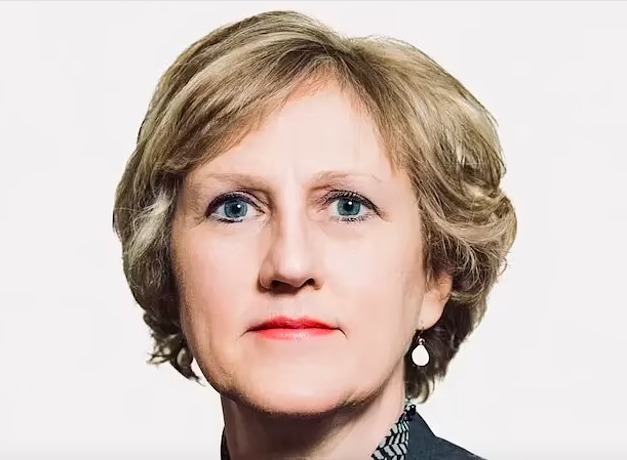People who find themselves under a mountain of debt might wonder whether they’ll ever crawl out of it. The first thing to know is that plenty of others have found themselves in the same position. And, many have been able to become debt-free — and in less time than you might think. The key is to follow the right strategies.
For You: 3 Things You Must Do When Your Savings Reach $50,000
Check Out: How Much Money Do Americans Have in Their Bank Accounts in 2025?
There is no single solution to paying off debt, because a lot depends on the type of debt, the amount, and your personal financial situation. But there are some overlooked strategies for paying off debt that everyone can use.
With debt settlement, you hire a company to negotiate directly with your creditors so you can pay a settlement — often a lump sum of money — that’s less than what you owe. Debt settlement can be an effective option because you actually eliminate debt rather than simply restructure it.
One company that offers award-winning debt-settlement services is National Debt Relief.
National Debt Relief covers most unsecured debt and negotiates with major credit card issuers and banks to reduce debt loads for credit cards, personal loans, lines of credit, medical bills, collections, repossessions, business debts and certain student debts.
The first step is setting up a free, no-obligation consultation with National Debt Relief’s Certified Debt Specialists to discuss your financial situation and learn about all your options. Then, you can make a decision that’s best for your specific situation.
Be Aware: Warren Buffett: 10 Things Poor People Waste Money On
This method of paying off debt involves paying the minimum on all debts except the one with the smallest balance. The goal is to use any extra funds to pay off the smallest debt first so you can wipe it off the books and then move on the debt with the next smallest balance, creating a “snowball” of payments that builds momentum as it runs over each debt.
As an alternative to the snowball method, you can use the avalanche method. This involves paying the minimum amount on most debts but paying an extra amount on the debt with the highest interest rate each month. Once you eliminate it, you have reduced your overall debt and the amount of interest you have to pay. After that, you can shift your focus to the debt with the next-highest interest rate.
With debt consolidation, you combine all of your debts into a single loan that allows you to make one monthly payment. The idea is to get a lower interest rate with the consolidated loan, which will save you money over time. It also simplifies your debt so it’s easier to track and manage.














